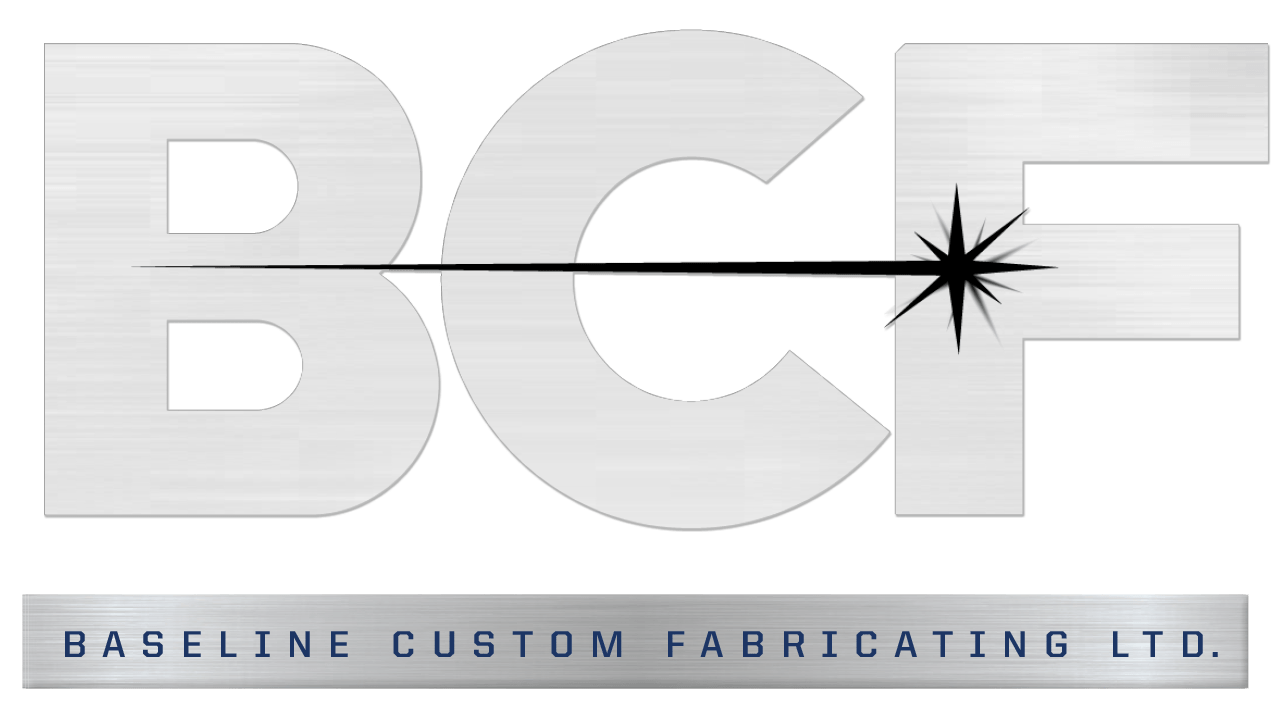Making The Complicated Processes of Customized Fabrication Simple
Over the decades, the industrial companies have heavily relied even more on metal fabrication for a wide variety of applications. Fabricated pieces of equipment are very important to facilitate processes in automobile factories, food processing facilities, construction companies, among many others. The metal fabricating industry became the point where diverse metalworks techniques and processes meet. They can be done either manually or mechanically, or by using a computer-controlled technology (CNC machines) for enhanced efficiency as well as increased productivity.
One of the huge advantages offered by metal fabrication is a great opportunity for product customization. The processes involved go beyond just cutting, bending and assembling of the metal parts. Custom metal fabrication integrates the customer’s needs and unique specifications in every step of the entire manufacturing process.
These various and complicated processes can be simplified into the three basic stages below :
1. Design Stage
At this earliest point, the conceptualization of the final product, as well as the tools needed, is being done. The part or product dimensions are visualized and analyzed to determine if the design is achievable with the aid of CAD or other computer-based tools.
2. Build Stage
This second phase of custom metal fabrication requires technical knowledge and expertise to identify which among the techniques is the best option in creating the end product. All the processes and methods are to be considered but selecting only which are the most appropriate for the design of the final product. The common ones include sawing, lathing, milling, cutting, bending, welding, and more. The fabricator usually uses a combination of those processes to achieve the desired output.
3. Finishing Stage
During this last stage, the metal components are joined together to form the final product. This is when polishing rough edges and cleaning are performed. Testing of the final product is also conducted to know if indeed it was made the way it was designed to be.







